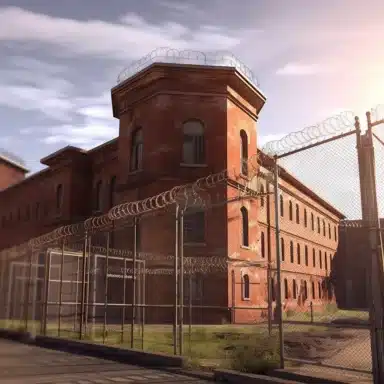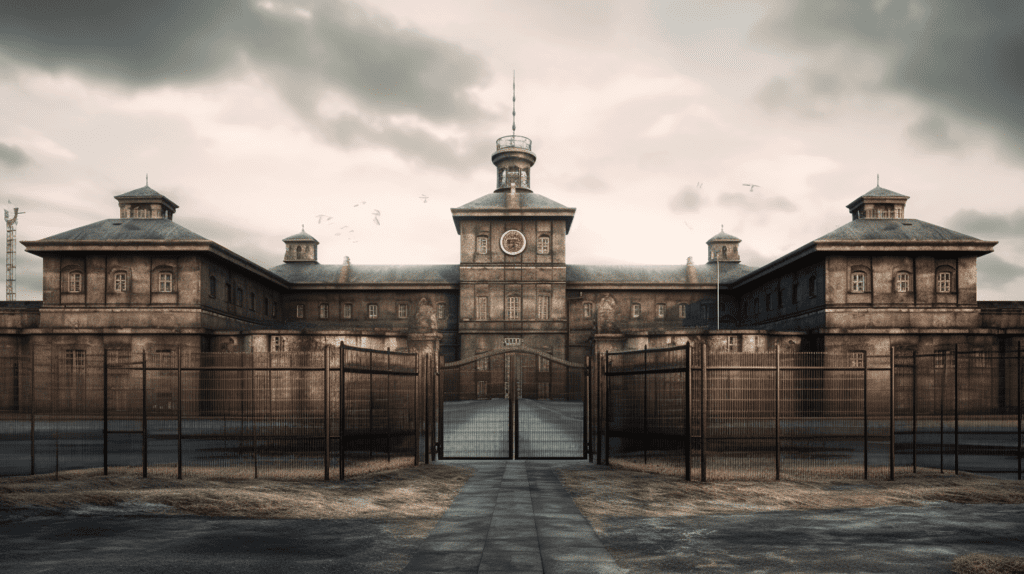What sort of prisoners are Category B?

What Sort of Prisoners are Category B? Your Ultimate UK Guide
Introduction
The United Kingdom’s prison system is a complex structure, categorised into different levels to accommodate the varying security needs and types of offenders. One category that often sparks interest is “Category B.” So, what sort of prisoners are housed in Category B facilities? In this comprehensive guide, we’ll delve into this subject, focusing on the UK’s criminal justice system.
What is a Category B Prison?
Firstly, let’s clarify what Category B prisons are. These are facilities that require a higher level of security than Category C but are not as stringent as Category A prisons. Inmates in Category B prisons are considered to pose a risk to the public or national security but are not considered a maximum-security risk.
Characteristics of Category B Prisons
Enhanced Security: Category B prisons have more robust security measures than Category C but are not as fortified as Category A facilities. Expect CCTV, secure fencing, and regular patrols.
Controlled Movement: Inmates in these prisons have limited freedom of movement within the facility and are often subject to routine checks.
Rehabilitation Programmes: While the focus is on security, Category B prisons also offer various rehabilitation programmes to prepare inmates for eventual release.
What sort of prisoners are Category B?
Types of Prisoners in Category B Facilities
Violent Offenders
Individuals convicted of violent crimes like aggravated assault but who are not considered maximum-security risks often find themselves in Category B prisons.
Drug Traffickers
Those involved in the drug trade, but not at the highest levels, may be housed in Category B facilities. These are individuals involved in distribution but not necessarily in large-scale manufacturing or importation.
Robbery and Armed Theft
Inmates convicted of robbery, especially those involving weapons, are often placed in Category B prisons. The use of a weapon elevates the risk level, warranting a higher category.
Sexual Offences
Some sexual offenders may be placed in Category B facilities, depending on the severity of their crimes and their risk assessment.
Repeat Offenders
Individuals who have a history of reoffending but whose crimes are not of the highest severity may also find themselves in Category B prisons.
Organised Crime Members
Members of organised crime groups, who are not the kingpins but are involved in criminal activities, are often housed in Category B facilities.
How is the Category Determined?
The Ministry of Justice conducts an assessment that takes into account the nature of the crime, the length of the sentence, and the risk to the public. This assessment is used to determine the most appropriate category for each prisoner.
Conclusion
Category B prisons serve a vital role in the UK’s criminal justice system. They are designed to house inmates who pose a significant risk but are not considered maximum-security threats. With a balanced focus on security and rehabilitation, Category B prisons aim to manage risk while preparing inmates for eventual reintegration into society.



